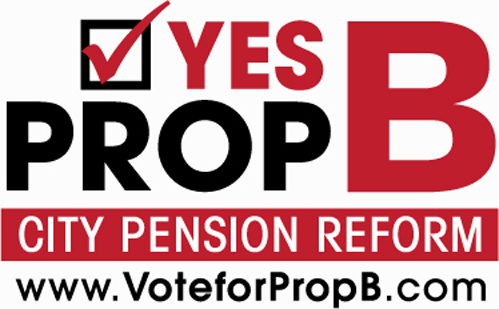Community and nonprofit programs are hurting for dollars, which means there are ample opportunities for companies to help their communities and advance reputations in the process. But not so fast, says Luke Lambert, president of Gibbs & Soell. If you’re planning a community involvement (CI) program, ask yourself this question first: Is the program in line with your organization’s broader social vision? In that respect, says Lambert, you might find that your plan may be off the mark.
“Good reputations can only be earned over time,” says Lambert. “They can’t be bought. But if programs are true to your vision, they are building trust each time you make a promise to the community and you keep it.”
Despite that caveat, it’s clear though that community involvement programs have gained a strong foothold in the corporate responsibility realm. According to the Boston College Center of Corporate Citizenship’s annual Community Involvement Index report, released in early October, 86% of the nearly 500 companies surveyed have a special community involvement strategy, with 67% of them linking CI to broader corporate citizenship strategies.
At Deloitte, community involvement is ingrained in the company’s CR and business strategy vision. Within the last five years, its community outreach has transitioned from predominately charitable giving to skills-based volunteerism, says Jack McFadden, director of corporate responsibility and internal communication at Deloitte. Sure, they still donate handsomely to United Way. But, says McFadden, you can have the most impact by using the skills you possess to help community organizations.
PRESET OUTCOMES
There’s a strong internal component behind Deloitte’s community outreach: The company lets employees suggest pro bono efforts for the upcoming year, says McFadden, who adds that community involvement and corporate responsibility have proven to be of value to employees.
Meeting internal goals is just one outcome of effective community outreach efforts, adds Lambert. Other outcomes could be driving a new mission of a company or engaging new communities. Determining what you want your community involvement outcomes to be before you launch a program is critical, says Lambert.
A BUSINESS IMPERATIVE
McFadden stresses that all community involvement programs must be tied to business goals. “We see more of a trend of moving away from ‘nice to do’ to ‘smart to do,’” says McFadden. Organizations appear to be trending toward “smart,” as 80% of respondents in the Boston college survey say community involvement initiatives are part of the business strategy (i.e., directly support defined company goals).
The bottom line on community involvement: Be smart when it comes to involvement strategies—smart like the organizations featured in the accompanying mini case studies. PRN
CONTACT:
Luke Lambert, [email protected]; Jack McFadden, [email protected]; John Oxford, [email protected]; Darcy Brown, [email protected].



